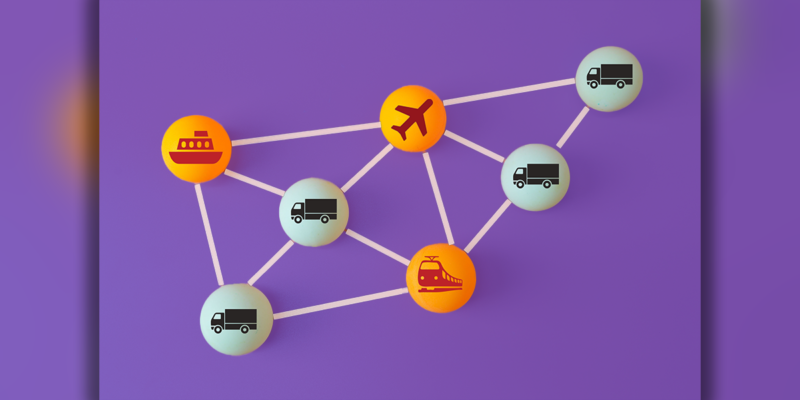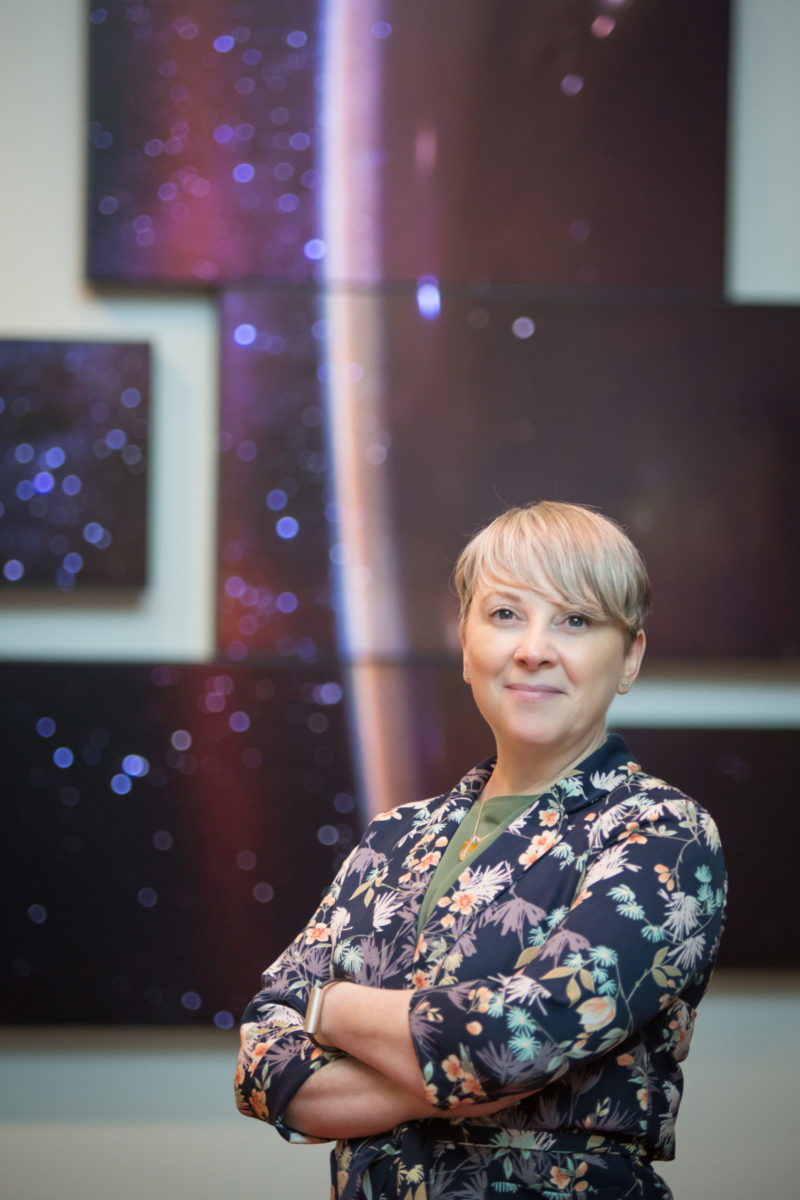AV Insider Spotlight :Paul Harris, CEO – Aurora Multimedia Corp
Each week, I am highlighting on some of the incredible people who are in the Audio Video Industry. As this blog is mostly about AV insiders, today we are profiling Paul Harris .
Here is a brief intro about him.
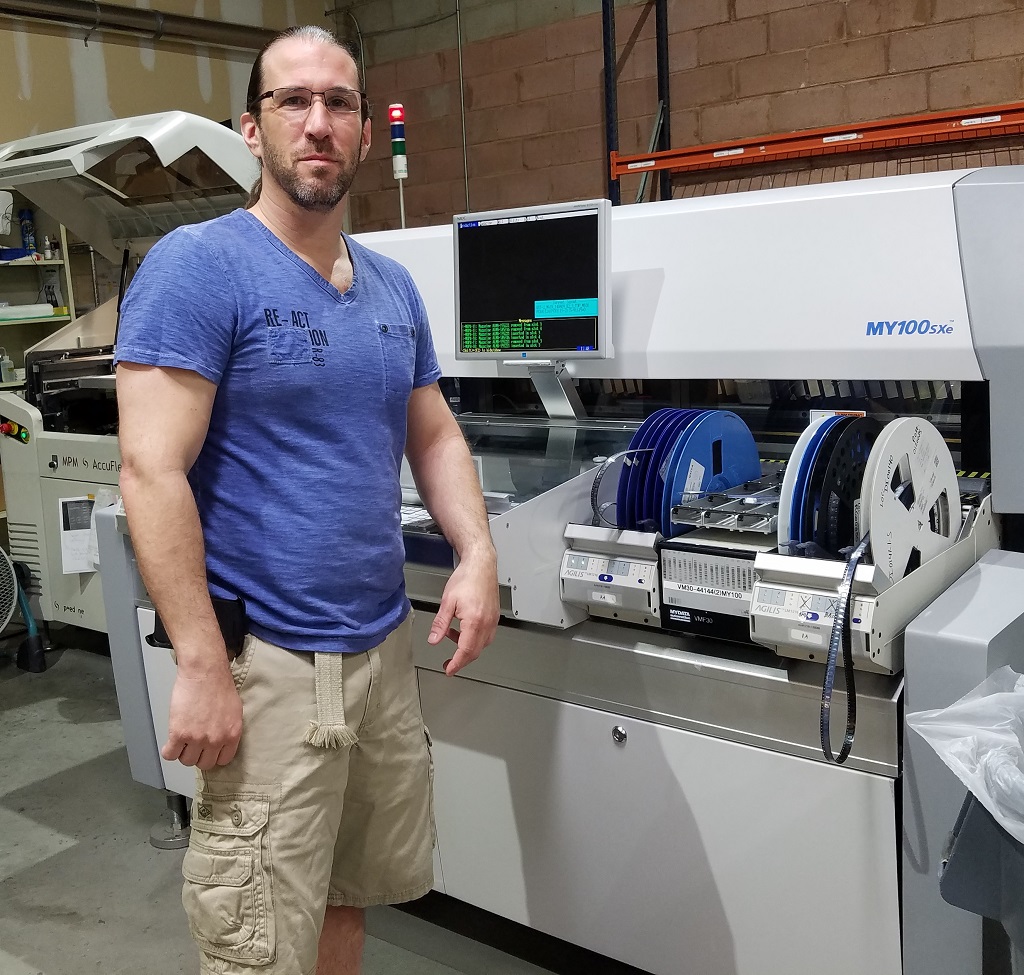
Paul Harris has worked in the Audiovisual industry for over 25 years. He currently the CEO of Aurora Multimedia Corp.
Please drop your questions in the comments below and I will make sure that he sees them.
1.Describe your journey in the AV industry? How did it start?
I was always inventing with electronics and coding since I was 9. Loved my Commodore computer as it was very graphic intense for its time. By the time I was 16, I started my first company called DigiTrans which I came up with a way to put 4096 colors on a t-shirt using a Amiga computer, video toaster, and Xerox ink jet printer using subliminal dye ink. Realize back then it was dot matrix black and white. It was fun as I got to go to various carnivals and events making live t-shirt captures. Midway through college I sold the business as there was no real future in that plus I think I killed the novelty of the having dots that made up an image on a t-shirt.
My first job after graduating college was for a videowall manufacturing company. There I had to develop and support 3 tube projectors and projector walls. Two years later my next job was for an integrator where I did field project management and control system programming. While there, I started a company named Zytec which I designed and manufactured audio supervisory systems for 70v paging. January of 1998 Aurora Multimedia Corp. opened its doors primarily as a control system programming company. Two years later we merged Zytec into Aurora and started designing and manufacturing products that would complement AV and control products available on the market as integrator friendly solutions. As time went along we immersed ourselves into IP from control to AV over IP.
2.What do you think is the challenges that are facing a new person who wants to join the industry.
The biggest challenge is understanding the complexities of how everything interoperates together. It takes time and a lot of education. The InfoComm classes can assist greatly, however like all things there is cost and time involved. One of the biggest traps I see some people getting into the mindset of “I am an audio person” or “I am a video person”. To have the best advantage a person needs to learn a little of everything. This means control, video, audio, and IP. There is a convergence going on of all technology and without a general understanding of all elements it will make it difficult to design and support a system.
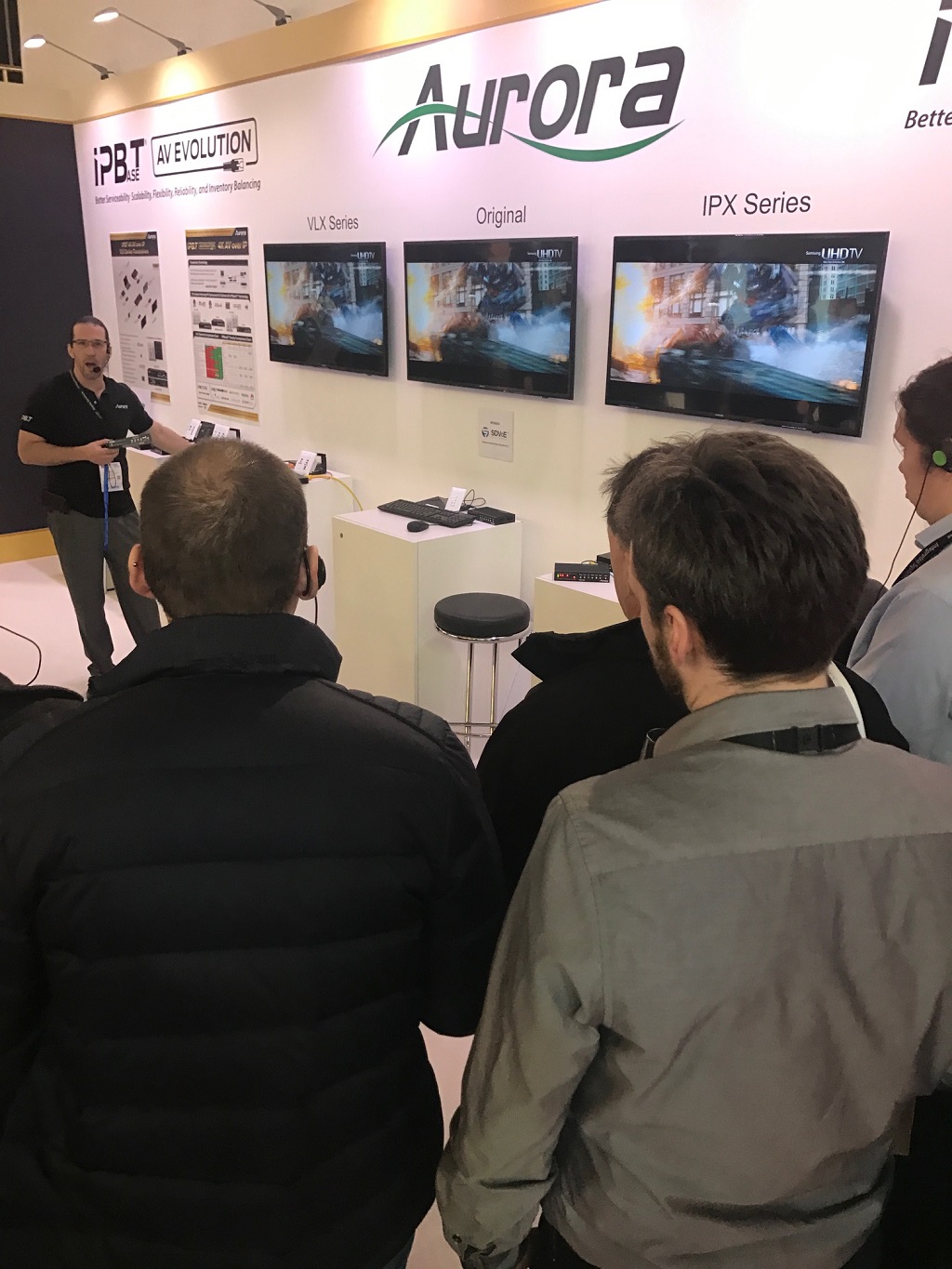
3.What are the positives of working in this industry.
The positives are the technology is always changing and advancing. There is a great sense of accomplishment when you work with consultants, dealers, and end users to put together a solution that will be used for years to come. Recently a friend of mine who is a doctor sent me a photo of one of our touch panels to tell me he was using it in one of his meeting rooms. Until that time, he really had no idea what I did, but it made me feel good to know it was being used at a medical facility and making a difference. Some of the solutions out there can be very original and very impressive. I could go on and on about the many things out there but I must do a shout out to all the wonderful people I have worked with to create some very clever and original solutions.
4.What in your opinion would you change in the industry? What are the negatives that are prevalent?
I would change the lack of protection for the dealers and consultants. This industry is its own worst enemy. Over the years, manufacturers have started selling to everyone especially online with minimal margins turning integrators into installers. There have also been many new companies calling themselves manufacturers where they simply OEM products from China and Taiwan and change the silk screen. This puts a lot of duplicate looking items on the market with no real control of the product quality or support. Manufacturers should limit what is sold online and make certain minimum advertising pricing is followed. It also takes two to tango and the dealers need to make choices of which manufacturer they use and to avoid the manufacturers that do harm to the industry.
5.Describe your ideal client? What do you wish clients to know before hiring you.
My ideal client is the one that works as a team and has a willingness to be trained on the product. It is always nice to achieve a perfect project where nothing goes wrong, however, at times they may. When an issue arises, regardless of where the fault may lie, the best customer is the one who works together to resolve for a positive outcome for the good of the all involved in the project.
What clients should know before hiring us is we will do everything to the very end to support the product and the project. We make it a point for customers to be able to get in touch with us no matter the time of day or day of week. We design and manufacture 90% of our product in our own building in New Jersey which gives us the ability to really support our product.
[RELATED] : If you have missed any of the previous interviews, please click here.
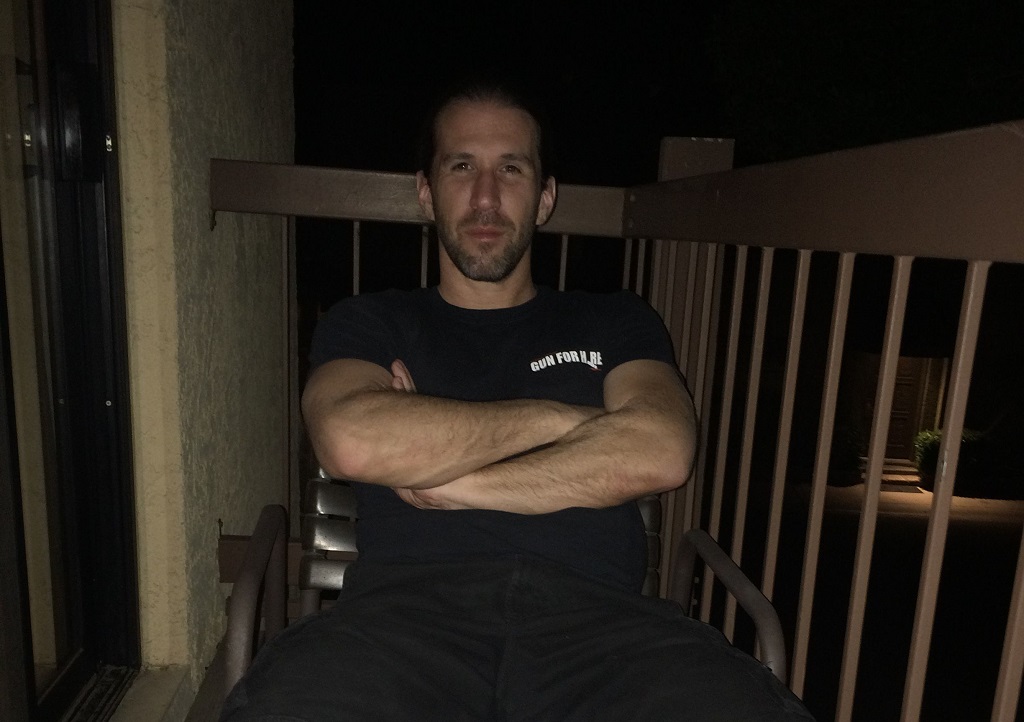
6.If you were going to start over, what would you do differently?
Nothing as everything happens for a reason. There have been good times and bad but it is those moments where sometimes the greatest inventions come to life. Three years ago, after seeing how many different products we made, came the “less is more” idea which has been very successful for us. Our goal is the ultimate single product that does all to bring focus and simplify for all what is required in a project. This would not have happened without all the success and failures we have had as it is always an ongoing learning process.
7.Describe a typical work day for you. What are your daily disciplines?
Typical work day starts with answering a lot of emails that accumulated overnight from overseas. From there I go to the office and tour the various departments to see what is going on to understand current state of all things. From there I usually have various meetings with distributors, clients, end users while checking email and answering and solving issue throughout the day. Most of my designing happens at night and weekends. Typically, I work from the time I wake up at around 7:30 am to the time I go to sleep as I am always plugged in. I do believe it or not find time for personal things too.
8.Describe the apps and gear that you use daily which makes you more productive?
The most used apps would be Outlook email, Skype, WhatsApp, Zoho CRM, and Sage 100. These are a variety of applications for organizing and communicating daily all around the world. For development, it is a pretty long list as we use OrCAD for schematics, Allegro and PADS for PCB layout, and the Oscilloscope which is my best friend in troubleshooting and development.

9. How do you stay relevant in this industry.
Originality is how we stay relevant. It is important for a company to have an identity of why people use their product. For Aurora, it is IPBaseT and the transceiver concept. We don’t just make the same thing everyone else makes. We go that extra mile to differentiate ourselves with our products and create functions never utilized before to make the integrated solution more powerful and more flexible. Any company can copy a reference design or what another company manufactures, however, to make a real difference you have to create something new never done before and simply change the topology of AV for the future and forever.
For more information about Paul Harris , please find a few links.
Website www.auroramm.com
Twitter auroramultimed1
Linkedin auroramultimedia
Facebook @auroramultimediacorp
*****
Did you like this post? Connect with me on LinkedIn or just sign up for my free email newsletter.



